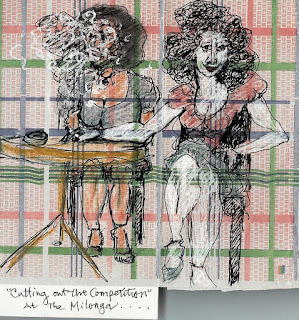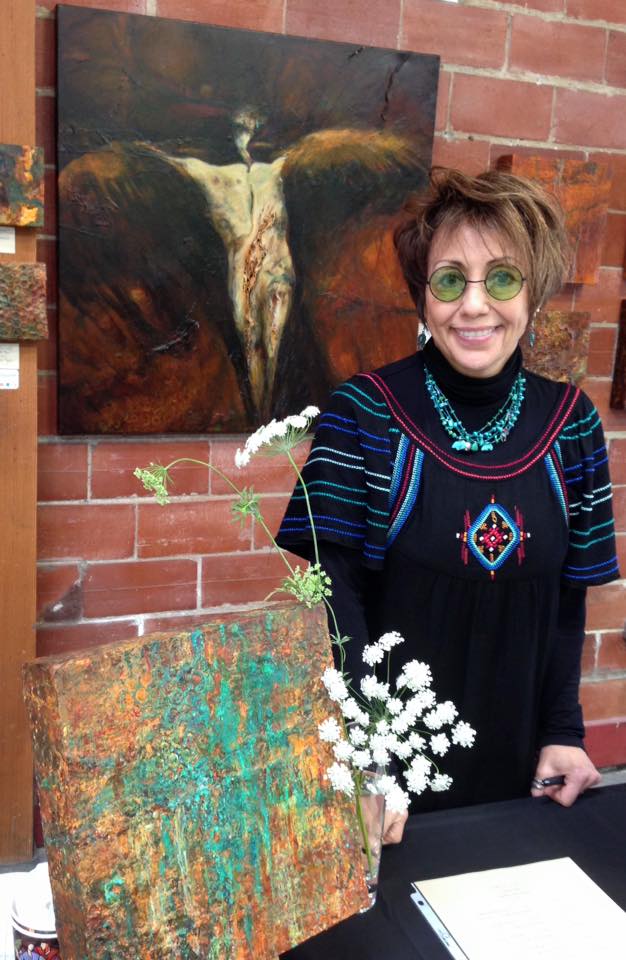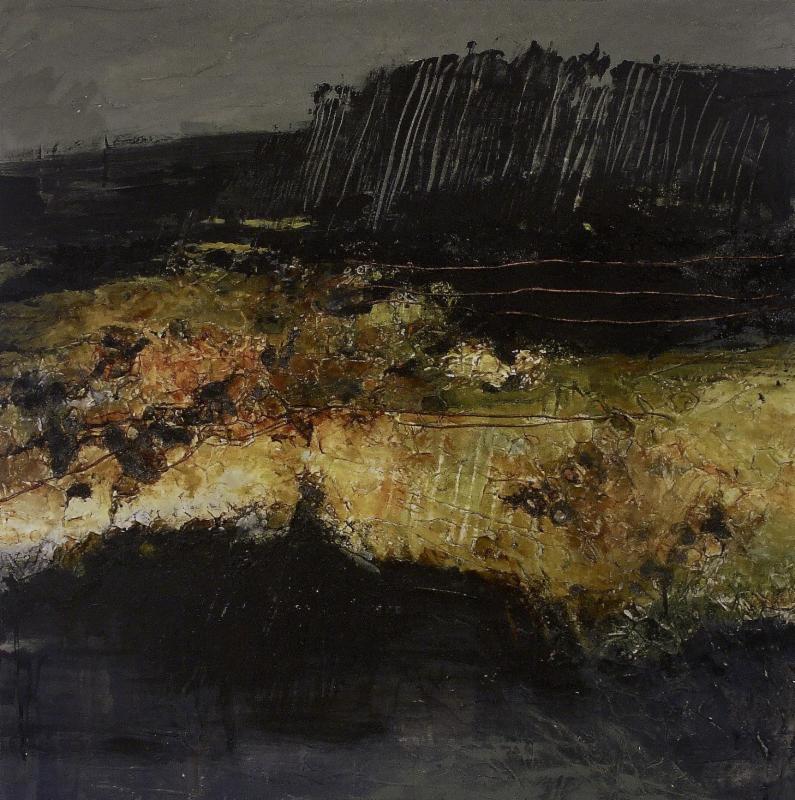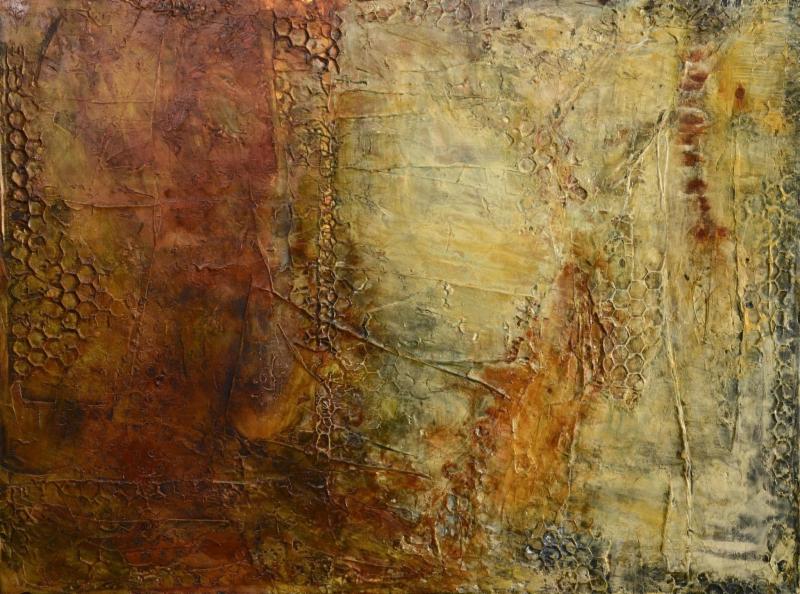In my novel, Tango Lessons, the
main character spends some time dancing tango in clubs. We call any place where
one can dance tango a milonga. So one
would never say, “I’m going to a tango club”, instead it would be “I’m going to
the milonga.” Then the location could be added. “I’m going to the milonga at
Canning”, for example.
I was sorry that there was not
enough space within the story line of Tango Lessons to embellish the events of
the milongas because it is a rich environment for anecdotes and soap operas.
The drawing in today’s post is one
I did on a cocktail napkin at a milonga in Buenos Aires. People no longer smoke in tango
clubs (I never thought it was possible to stop Argentines from smoking, but the
air is now clean in every milonga), but when I started going there in the 1990’s
I’d have to hang dresses out for days to get the smoke out of them, and a
shower and hair wash was required every night.
The cartoon illustrates the
competition that exists among the women, who always outnumber the men. Also,
the men can get away with being old-style machistas as much as they want to be
in the milonga. They may prefer to dance with younger women. Or they may limit
their dances to women of a certain advanced level of dance. Usually, foreign
dancers have a better chance in that regard because many Argentine women did
not learn tango in a class, they learned from going to the milonga. Foreigners,
then, may be a bit more sophisticated or have advanced foot work because of
having good instruction.
Then, there is seating. The person
who is the patron of the event has
made an investment in having good dancers attend their milonga. So they put the
best dancers in the front rows, and unknown or less qualified dancers will be
seated at tables back from the floor, less visible. Considering that men do not
walk over to a woman to ask her to dance, that visibility is very important.
Now we come to cabezeo (this is all in Tango
Lessons, by the way). This is the eye contact ritual that takes place as
the invitation to dance. So my lady in the cartoon has built a curtain of smoke
to insure that anyone looking at her table will be able to make eye contact
with her and her alone.







